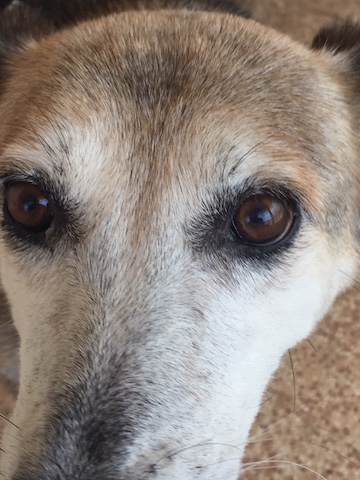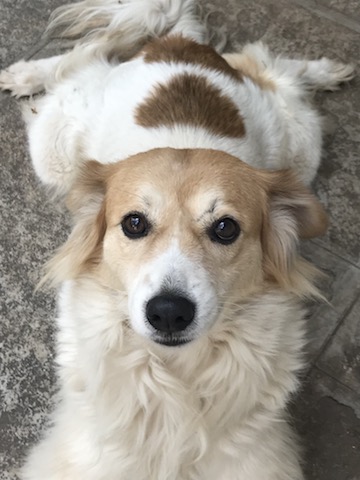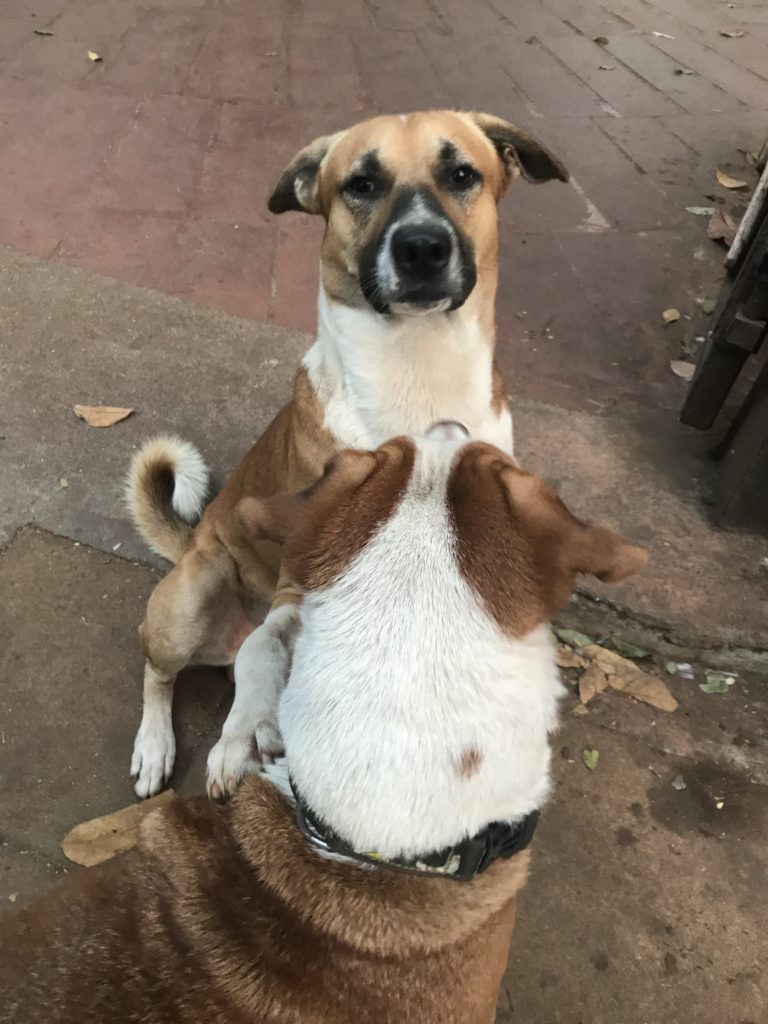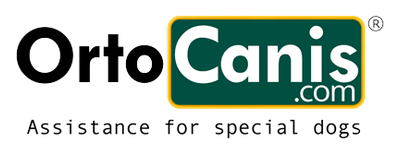| Disease | Cause | Breeds Prone | Diagnosis |
|---|---|---|---|
| Collie eye anomaly CEA | A mutation of the gene that affects development of the eye. | Collies Shetland sheepdogs Australian shepherds Border collies Nova Scotia Duck Tolling Retrievers | Unfortunately often not until vision is affected. |
| Multifocal retinal dysplasia MRD | A malformation & displacement of the retina. Not a painful condition | Labradors, Cavaliers, Golden Retrievers, and Springer Spaniels. Other breeds affected include the Bedlington and Sealyham Terriers, Beagle, Cocker Spaniels both English and American, Yorkshire Terrier, Akita, Afghan Hound, Doberman Pinscher, Old English Sheepdog, and Rottweilers. | Clinical diagnosis is very hard, and is mostly caught after vision is compromised. |
| Total retinal dysplasia (TRD) | There are 3 forms of retinal dysplasia i) folding of 1 or more area(s) of the retina. This is the mildest form, and the significance to the dog’s vision is unknown. ii) geographic – areas of thinning, folding and disorganization of the retina. iii) detached – severe disorganization associated with separation (detachment) of the retina. The geographic and detached forms cause some degree of visual impairment, or blindness. https://cidd.discoveryspace.ca/disorder/retinal-dysplasia.html | American Cocker Spaniel Golden Retriever Labrador Retriever Terriers Akita Beagles Poodles German Shepherd Bull Dog Great Danes Basenji | The condition is present from birth. At 3 to 4 weeks of age, the breeder may notice that severely affected pups are less active and frequently bump into objects. A veterinarian will be best able to examine the pup’s eyes for this condition with an ophthalmoscope at 12 to 16 weeks of age, when the retina is mature. |
| Congenital hereditary cataract (CHC) | Congenital cataracts are present at birth, juvenile cataracts develop during puppyhood, and senile cataracts occur on senior dogs. The degree of the cloudiness of ⅞the lens also impacts the classification of the cataract. https://www.thesprucepets.com/puppy-cataracts- | American Cocker Spaniel, Labrador Retriever, French Poodle, Boston Terrier and the Welsh Springer Spaniel | The way it can be diagnosed by inexperienced eye is the dogs’ eye will start looking cloudy and greyish. Your vet will verify it under further examination. |
| (PHPV) Persistent hyperplastic primary vitreous | Primary glaucoma is an inherited condition and is divided into two types: primary open angle glaucoma (POAG) and primary angle closure/closed angle glaucoma (PCAG). In both types, glaucoma results from reduced drainage of the fluid that is made within the eye, resulting in a build-up of pressure inside the eye, leading to pain and blindness. | Basset hound, Flatcoated retriever Dandie Dinmont terrier are the main ones out of about 40 breeds that may be affected by it. | PCAG is associated with defective development of the drainage angle, which is termed Pectinate Ligament Abnormality (PLA), also known as goniodysgenesis (gonio = angle, dysgenesis = defective development). Clinical signs of acute PCAG include cloudiness at the front of the eye, a reddened eye, a dilated non-responsive pupil and vision loss. Your dog may be very depressed and show signs of eye pain, such as excessive blinking and may avoid bright light. |
Living with & Fostering Blind Dogs











